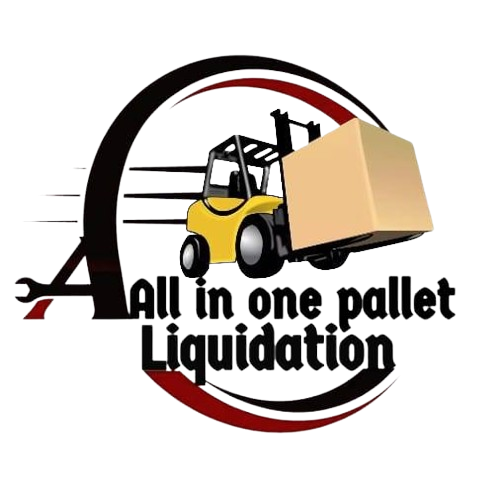All-in-one pallet liquidation terms and conditions are crucial aspects to consider when entering the world of pallet liquidation. Pallet liquidation refers to the process of selling or buying a pallet of assorted items at a discounted price. It has gained popularity in recent years due to its ability to provide businesses and individuals with a large quantity of merchandise at a fraction of the original cost. However, understanding and complying with these terms and conditions is of utmost importance to ensure a successful tractions.
It is important to note that all sales made through all-in-one pallet liquidation are final. Once a pallet is purchased, it cannot be returned, exchanged, or refunded. This means that buyers need to carefully examine the pallet’s contents before making a purchase. This also highlights the importance of thorough research and due diligence before engaging in any transactions. Understanding the liquidation company’s return policies is essential to avoid any potential losses.
The condition of the products in the pallet should be carefully inspected before making a purchase. Liquidation pallets often consist of customer returns, overstock, shelf pulls, or damaged items. It is important to be aware that not all items will be in perfect condition. Understanding the pallet’s condition can help buyers manage their expectations and evaluate the potential value of the products.
Payment terms are an important aspect of all-in-one pallet liquidation. Different liquidation companies may have different payment policies. It is common for payment to be made upfront, either through cash, credit card, or wire transfer. Understanding the payment terms and conditions is crucial to ensure a smooth transaction. Some liquidation companies may also offer financing options, allowing buyers to spread out their payments over a period of time.
Buyers should be aware that all-in-one pallet liquidation often comes with a minimum order requirement. This means that buyers are required to purchase a certain number of pallets or reach a minimum spending threshold. This requirement is in place to ensure that the liquidation company can efficiently process and ship orders. Compliance with the minimum order requirement is essential to proceed with the purchase.
Additionally, buyers should be aware of any accompanying fees when engaging in all-in-one pallet liquidation. These fees may include shipping fees, pallet fees, or processing fees. Understanding the breakdown of these fees can help buyers accurately calculate the total cost of their purchases. Transparency in fee disclosure is crucial to avoid any unexpected costs and to make informed decisions.
Being well-informed about all-in-one pallet liquidation terms and conditions is essential for a successful transaction. Understanding that all sales are final, carefully inspecting the condition of the products, being aware of the payment terms, complying with minimum order requirements, and understanding any accompanying fees are crucial aspects to consider. By paying attention to these details, businesses and individuals can navigate the pallet liquidation industry with greater confidence and minimize potential risks.

